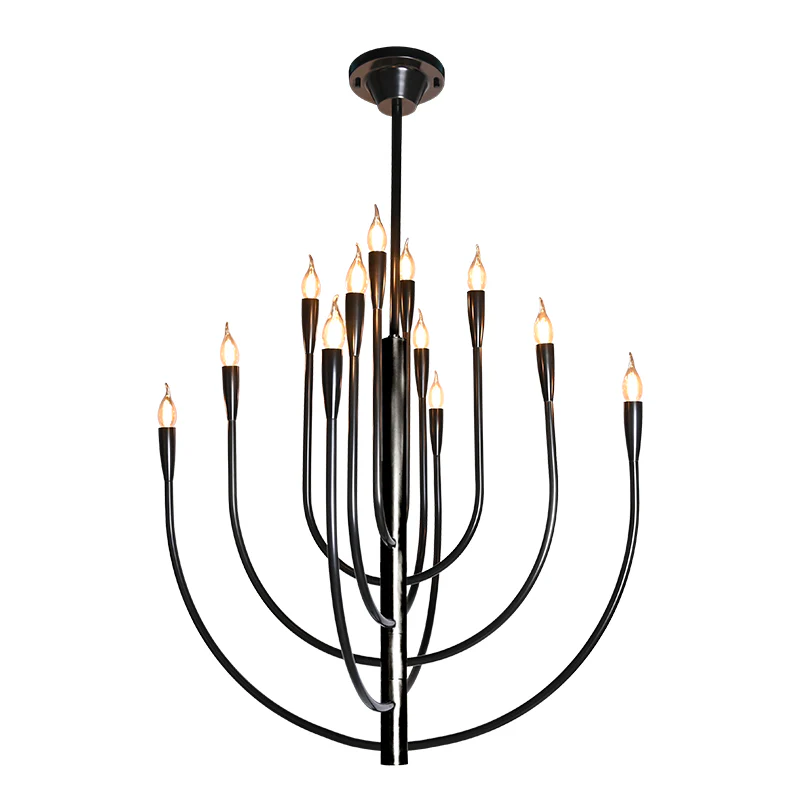The Ultimate Guide to Ergonomic Table Lamp Positioning for Optimal Comfort and Productivity
The Ultimate Guide to Ergonomic Table Lamp Positioning for Optimal Comfort and Productivity
Understanding Ergonomic Table lamp Positioning
In today's fast-paced work environment, proper lighting is essential for productivity and overall well-being. One often overlooked aspect of creating a comfortable workspace is the positioning of your Table lamp. This article delves into the importance of ergonomic Table lamp positioning and provides actionable insights that will enhance your workspace experience.
What is Ergonomic Lighting?
Ergonomic lighting refers to the strategic placement and selection of light sources to minimize strain on the eyes and improve comfort during work or study sessions. Proper lighting can reduce fatigue, enhance focus, and create a more enjoyable workspace.
Why is Table lamp Positioning Important?
Positioning your Table lamp correctly is crucial for several reasons:
- Minimizes Eye Strain: Poor lighting can lead to eye fatigue, headaches, and decreased productivity. Proper positioning ensures even distribution of light without harsh shadows or glare.
- Enhances Focus: A well-lit workspace improves concentration and aids in maintaining alertness throughout long working hours.
- Supports Ergonomics: Good lighting complements ergonomic furniture, allowing for an overall balanced setup aiding your posture.
Key Factors in Ergonomic Table lamp Positioning
When positioning your Table lamp, consider these key factors:
| Factor | Description |
| Height | Ensure the lamp is high enough to illuminate the workspace without casting shadows from your hands or materials. |
| Angle | Adjust the angle to direct light where you need it most, typically towards the work surface. |
| Distance | Position the lamp at an optimal distance to avoid discomfort while minimizing glare on screens or surfaces. |
Implementing these factors can make a noticeable difference in your daily routine.
Common Mistakes in Positioning Table lamps
Many people make several common mistakes when positioning their Table lamps:
- Excessive Brightness: Using a lamp that's too bright can create harsh contrasts and lead to eye strain.
- Poor Angle: If the lamp is pointing incorrectly, it won't offer effective illumination, leading to discomfort.
- Improper Height: A lamp positioned too high or too low can create problematic shadows and interfere with tasks.
Choosing the Right Type of Table lamp
Not all Table lamps are created equal. Here are a few factors to consider when selecting an ergonomic Table lamp:
- Brightness: Look for adjustable brightness levels that can accommodate various tasks, such as reading or working on a computer.
- Color Temperature: Opt for lamps with adjustable color temperatures—cooler tones can enhance alertness, while warmer tones can create a relaxing environment.
- Design: Choose a lamp that fits seamlessly with your workspace Aesthetics but also allows for flexibility in positioning.

With the right lamp, you can effortlessly enhance your workspace Aesthetics while improving your productivity.
How to Position Your Table lamp Ergonomically
Here's a step-by-step guide to positioning your Table lamp effectively:
- Assess Your Workspace: Evaluate where you work, whether it's at a desk, a table, or a shared space.
- Identify Light Sources: Consider natural light availability; avoid positioning your lamp where it competes with sunlight.
- Adjust Height and Angle: Bring your lamp closer if necessary, ensuring it illuminates tasks without creating glare on screens.
- Test Different Positions: Move the lamp around to find the position that offers the best illumination for your specific activities.
The Role of Desk Organization in Lighting
Along with the positioning of your Table lamp, the organization of your desk plays a significant role in overall ergonomics. Here’s how:
- Declutter Your Workspace: A tidy desk allows light to be more effective and helps maintain focus.
- Position Essential Items Strategically: Keep frequently used materials close by, ensuring they are well-lit and preventing you from having to shift or stretch excessively.
This integrated approach to desk organization and lighting leads to an enhanced ergonomic setup that supports productivity.
Conclusion: The Importance of Lighting Ergonomics
In summary, ergonomic Table lamp positioning is vital for creating a comfortable and productive workspace. Consider factors such as height, angle, and distance to ensure you maximize the effectiveness of your lighting. Remember to choose lamps that cater to your specific needs in terms of brightness and color temperature.
By prioritizing ergonomic lighting, you can significantly reduce eye strain and increase your productivity. So, whether you're working from home or at the office, take the time to assess your lighting setup and make necessary adjustments.
Final Tip: Regularly evaluate your lighting and workspace setup, especially as your tasks or work habits change, ensuring you maintain optimal ergonomic conditions.
